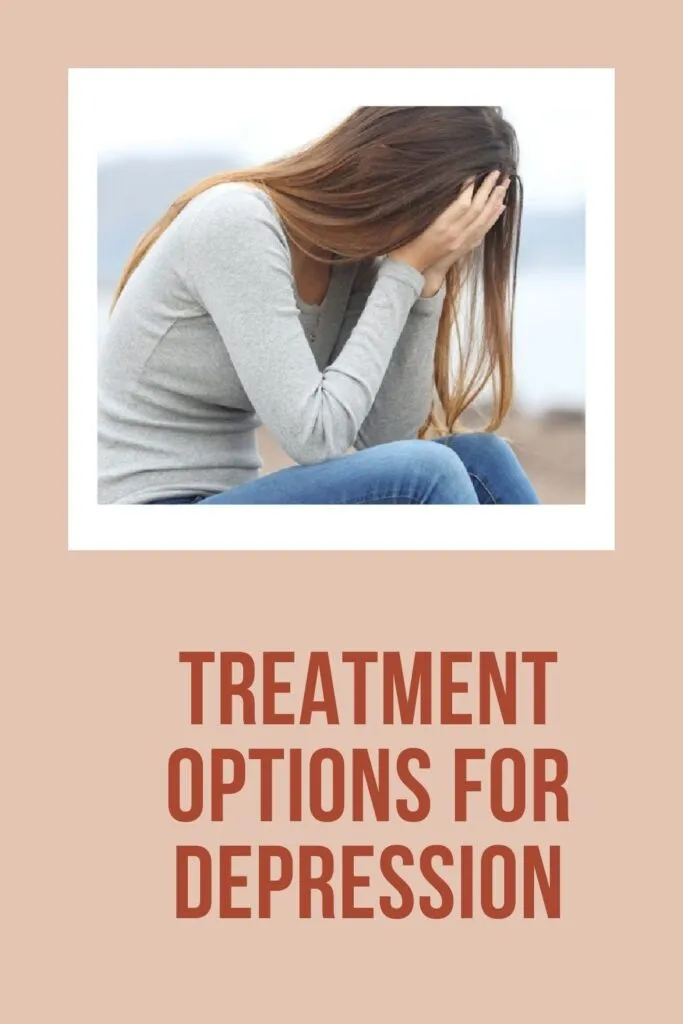Depression is a psychiatric condition that requires treatment. Depressed people cannot see beyond their depression. Health and wellness are possible with treatment.
The Path to Healing Begins with Treatment
People who have experienced depression understand how insidious this psychiatric condition is. It eats away at the very fabric of your sanity, your mood, and your essence. It can strip you of your power, erode your self-confidence, and derail your tactical and strategic objectives. Fortunately, depression is not a death sentence. It is a severe mental health condition that can be treated in many ways. However, this mood disorder affects overall health and wellness, robbing individuals of their ability to see the wood from the trees. It can make one feel listless, tired, disinterested, drained, irritable, and down in the doldrums. Oftenexerciseis the last thing you want to do when you’re depressed.
Can a depressed person live a healthy life?
There is nothing healthy about a depressed state of mind. It’s nothing like being introspective, introverted, or insular, although these features may characterize depression. Instead, depression is likened to darkness, and nothing good flourishes in darkness. From a philosophical point of view, it is not possible to be healthy and depressed simultaneously. Medically, an unhealthy state of mind is not necessarily synonymous with an unhealthy lifestyle. Many depressed people are actively engaged in society yet struggling with mental anguish. A healthy life combines many factors, including psychological and physical well-being.
There is no one-size-fits-all answer to the question: What is the besttherapy for depression? Instead, the answer depends on the severity of the depression and the person’s overall health and lifestyle. They are generally unhealthy since everything is out of whack. However, it is not advisable for a depressed person to engage in physical activity, as this could aggravate the condition. Many people with depression find it difficult to get out of bed, let alone participate in physical activity. Depressed people need to focus on restoring balance and harmony to their lives, including taking medication, seeking therapy, and engaging in relaxation techniques.

Treatment Options for Depression: Getting Healthy Is Possible
Treatment is the operative word. A depressed person has just as much ability to be happy and healthy as somebody who isn’t depressed. But a little extra effort is required with a depressed individual. The focus should be on getting better and not on the stigma or shame often associated with mental health conditions. The most commonly occurring form of depression is Major Depressive Disorder. It goes by the acronym MDD.
This form of depression may resist medication and traditional therapy, but specific treatment regimens have shown great promise with MDD. Some people who are depressed may be able to live a relatively healthy life by making some lifestyle changes. For example, eating a healthy diet, getting regular exercise, and getting enough sleep can all help to improve mood and well-being. However, for most people with depression, medication and therapy are required for a significant period before a depressed person can make any real progress.
Treating Depression with Deep TMS™
Breakthrough technology has emerged for treatment-resistant depression. Known as Deep TMS (Developed by BrainsWay), this groundbreaking treatment is FDA cleared to target depression head-on. This non-surgical, non-invasive treatment uses an H-Coil device and magnetic waves to penetrate problematic areas deep within the brain. Deep TMS can regulate neural activity in the dorsolateral prefrontal cortex, helping to alleviate and reverse the symptoms of depression. The National Institute of mental health indicates that some 6.7% of US adults suffer from depression. So naturally, Deep TMS is touted as a viable treatment regimen in this ongoing battle towardshealth and wellness. Other options include psychopharmacology with a variety of medications.
Treating Depression with SNRIs and SSRIs
SNRIs and SSRIs are used to treat depression. Examples of SNRI medication includevenlafaxine (Effexor XR), desvenlafaxine (Pristiq), duloxetine (Cymbalta), and levomilnacipran (Fetzima). SSRI medications include fluoxetine (Prozac, Sarafem), paroxetine (Paxil, Pexeva), sertraline (Zoloft), and citalopram (Celexa).Therapy is also a standard treatment for depression. This treatment option may involve individual, group, or family therapy. In addition, there are a variety of therapies that are effective in the treatment of depression, including cognitive-behavioral therapy (CBT), interpersonal therapy (IPT), and dialectical behavioral therapy (DBT).
Surgical Procedures for Treating Depression
Various surgical procedures are also available for treating depression, notably deep brain stimulation (DBS) and vagus nerve stimulation (VNS). Theefficacy of these treatments is known, but they are not without risk. Surgical procedures present the possibility of infection, error, paralysis, or death in the worst-case scenario. However,deep brain stimulation and vagus nerve stimulationoverwhelmingly deliver excellent results, with a sharp decrease in seizure frequency and significant improvement in overall health and wellness.

